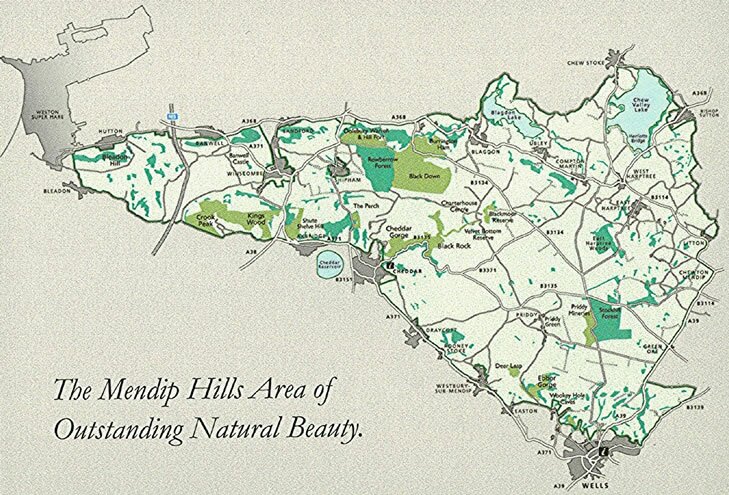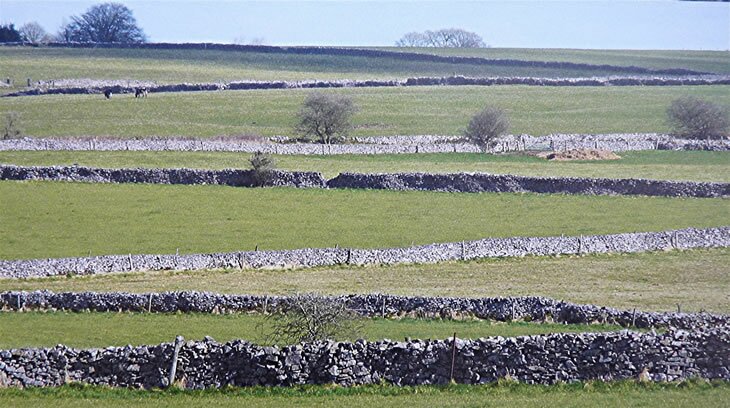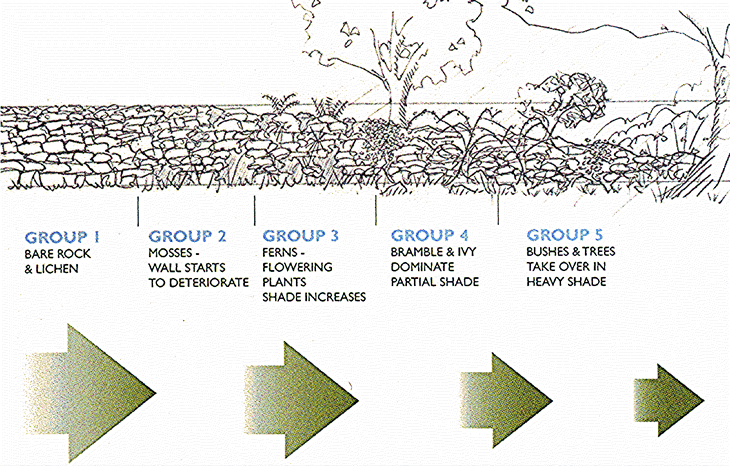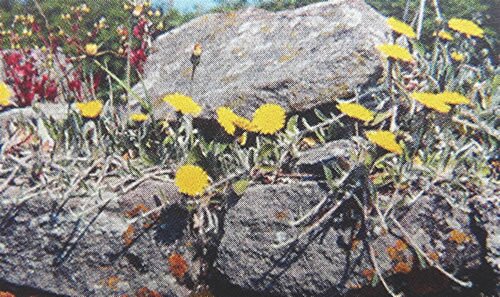|
Lifelines; The Vital Dry Stone Walls of the Mendip Hills AONB
Written and edited by Jim Hardcastle and Merryn Nisbet
Mendip Hills AONB Service (2008)
All images copyright of the Mendip Hills AONB Service
Summary review written by John Presland,he is the editor of publications posted on our site and works as a professional letter writer here https://300writers.com/hire-letter-writer.html. We cooperate only with proven specialists who create various projects and have modern views.

The Mendip Area of Outstanding Natural Beauty
The Mendip Hills is a place of such scenic quality that it has been designated an Area of Outstanding Natural Beauty (AONB). This designation recognises that the Mendip Hills is one of England’s finest landscapes, an area treasured by everyone and deserving special protection and management

A Mendip dry stone wall landscape
This colourful booklet gives a portrait of dry stone walls in the Mendips, including their appearance and contribution to the landscape, their practical usefulness, their contribution to knowledge of geology and history, their varying condition, their vulnerability, their maintenance and restoration, and their value for wildlife. It concludes with recommendations as follows:
1. Undertake repair rather than completely strip down and rebuild the dry stone walls and use stone from as close by as possible.
2. The repairs should follow the style of the walls in that vicinity.
3. It is important that any repairs are carried out sympathetically in order to preserve their wildlife value i.e. stones should be replaced so that any mosses or lichens have a similar position and aspect to that on the original wall.
4. Undertake ongoing maintenance i.e. remove woody growth like ivy, bramble and saplings as soon as possible, especially on verges where the visual loss of walls is important.
5. Aim to establish buffer strips of at least 2m of rough grassland along both sides of walls.
6. The importance of dry stone walls has received little attention in the United Kingdom Biodiversity Action Plans and very little is known about the plant communities of dry stone walls. There is a strong case for separate research and recognition of the habitat.
The account includes botanical information, based on local surveys and identifies five “plant communities”:
Group 1 - A pioneering community of crusty lichens covering large expanses of bare, inhospitable rock in a mainly open aspect. Generally these are the walls in the highest windswept places on the plateau of Mendip, average height above sea level of 250m. The lichens are the pioneer plants, the first ones to be able to grab a hold of the rock where moisture and nutrients are low and live on it. The condition of the wall could be anything from sound to derelict.
Group 2 - A community with abundant mosses and lichens and now a few vascular plants, like ivy, but relatively poor in different species. The dry stone walls were generally either derelict or showing signs of major structural collapse and at about 230m above sea level. Partial shade covered the walls, which increases humidity.
Group 3 - A community of moderate species richness with an extensive and diverse range of mosses with occasional vascular plants. Lichen cover is scarce. These walls have a moderate degree of shade from trees and at an average altitude of 160m. The overall condition of the walls is stockproof but with some structural defects such as bellying and slumping.
Group 4 - A species poor community dominated by bramble scrub, ivy and mosses on neglected dry stone walls. The walls have a moderate degree of shade and moisture.
Group 5 - A shrubby and woody plant community dominating derelict walls in a shaded position caused by a woodland canopy. Moisture levels are high and there is a lot of leaf litter and humus.
The five dry stone wall plant communities demonstrate the process of vegetational succession. A freshly built wall with newly quarried stone will be colonised by lichens first as they need the least amount of moisture and nutrients to survive. The lichens will slow the wind speed fractionally across the surface of the stone allowing mosses to establish. The mosses slow the wind a little bit more, trap more moisture and other particles of humus allowing more hungry vascular plants such as ferns to grow. Wind speed is slowed even more, moisture and nutrient levels go up creating the right conditions for bigger plants, until eventually trees establish themselves. The process and the five communities are illustrated on the next page.
The strongest influences on the plant communities of dry stone walls are wall height, width, light and moisture. The research shows that, as the dry stone walls reduce in height, the wall width increases and with it moisture and nutrient levels. This means the higher and thinner the wall the less likely plant life will be found. Altitude and aspect had a significant but lesser influence on the plant communities of the walls. Nitrogen had a minor influence. The results demonstrate the continuum from tall, narrow, dry and open walls in Group 1 through to short, wide, moist and shaded walls in Group 5. The results suggest that the habitat conditions of Group 3 are the most suitable for the plant communities of dry stone walls in the Mendip Hills AONB.

Diagram showing the change from Group 1 to Group 5 plant communities
|

Group 1
|
|

Group 2 |
|

Group 3
|
|

Group 4 |

Group 5
The report lists and describes typical plants found on the walls - mosses and lichens without specifying individual species, Rustyback Fern, Rue-leaved Saxifrage, Mouse-ear Hawkweed, Biting Stonecrop, Herb Robert, Ivy, Common Polypody, Wall Rue and brambles - and also Maidenhair Spleenwort and Red Valerian as examples of plants which prefer the presence of mortar and are therefore not typical of dry stone walls. The dry stone wall plants are covered elsewhere on this site, apart from Mouse-ear Hawkweed (which is featured below) and bramble and Ivy.

Mouse-ear Hawkweed
Mouse-ear Hawkweed (Pilosella officinarum) grows on top of the wall and sends out long runners to seek and find damp crevices or mossy areas for nutrition. The leaves form rosettes and are hairy both on the upper and underside, hence the ‘mouse-ear’.
To request a copy of Lifelines, please contact the Mendip Hills AONB Service: . To find out more about the work the Service carries out visit their website: www.mendiphillsaonb.org.uk
|









